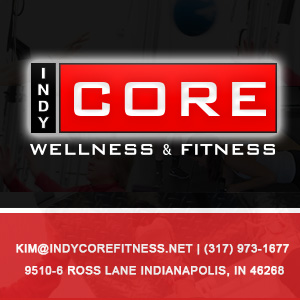By: Megan Lambert
If you enjoy reading this blog, check out our new YouTube page! This page will provide visual content to correlate with the written content posted on this blog. Check out the following video explaining self-myofascial release and how incorporate it into your recovery methodology.




